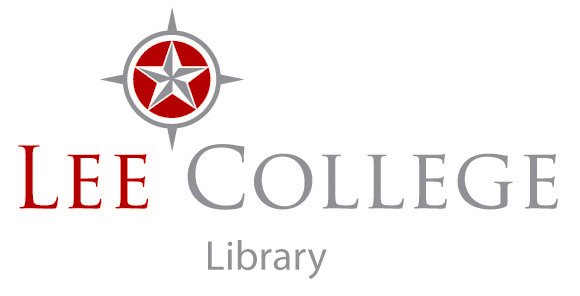What are Open Textbooks?
An open textbook is a textbook licensed under an open copyright license, and made available online to be freely used by students, teachers and members of the public. Many open textbooks are distributed in either print, e-book, or audio formats that may be downloaded or purchased at little or no cost.
Part of the broader open educational resources movement, open textbooks increasingly are seen as a solution to challenges with traditionally published textbooks, such as access and affordability concerns. Open textbooks were identified in the New Media Consortium's 2010 Horizon Report as a component of the rapidly progressing adoption of open content in higher education.
Plainly speaking, in most cases they are free electronic textbooks, that can freely be distributed, printed or altered. No copyright issues. In many cases they are done by university staff and peer reviewed. They are gaining traction in community colleges across the country.
Infographic

Distance & E-Resources Librarian
Pros and Cons
As with any educational resource, there are both advantages and disadvantages associated with using OERs in the classroom.
Advantages of using OERs include:
- expanded access to learning. Students anywhere in the world can access OERs at any time, and they can access the material repeatedly.
- scalability. OERs are easy to distribute widely with little or no cost.
- augmentation of class materials. OERs can supplement textbooks and lectures where deficiencies in information are evident.
- enhancement of regular course content. For example, multimedia material such as videos can accompany text.Presenting information in multiple formats may help students to more easily learn the material being taught.
- quick circulation. Information may be disseminated rapidly (especially when compared to information published in textbooks or journals, which may take months or even years to become available). Quick availability of material may increase the timeliness and/or relevance of the material being presented.
- less expense for students. The use of OERs instead of traditional textbooks or course packs, etc. can substantially reduce the cost of course materials for students.
- showcasing of innovation and talent. A wide audience may learn of faculty research interests and expertise. Potential students and donors may be impressed, and student and faculty recruitment efforts may be enhanced.
- ties for alumni. OERs provide an excellent way for alumni to stay connected to the institution and continue with a program of lifelong learning.
- continually improved resources. Unlike textbooks and other static sources of information, OERs can be improved quickly through direct editing by users or through solicitation and incorporation of user feedback. Instructors can take an existing OER, adapt it for a class, and make the modified OER available for others to use.
Disadvantages of OERs include:
- quality issues. Since many OER repositories allow any user to create an account and post material, some resources may not be relevant and/or accurate.
- lack of human interaction between teachers and students. OER material is created to stand alone, and since self-learning users may access the material outside of a classroom environment, they will miss out on the discussion and instructor feedback that characterize for-credit classes and that make such classes useful and valuable.
- language and/or cultural barriers. Although efforts are being made to make OERs available in multiple languages, many are only available in English, limiting their usefulness to non-English speakers. Additionally, not all resources are culturally appropriate for all audiences.
- technological issues. Some students may have trouble using some OERs if they have a slow or erratic internet connection. Other OERs may require software that students don’t have and that they may not be able to afford.
- intellectual property/copyright concerns. Since OERs are meant to be shared openly, the “fair use” exemption from the U.S. Copyright Act ceases to apply; all content put online must be checked to ensure that it doesn’t violate copyright law.
- sustainability issues. Since OER creators generally do not receive any type of payment for their OER, there may be little incentive for them to update their OER or to ensure that it will continue to be available online.

